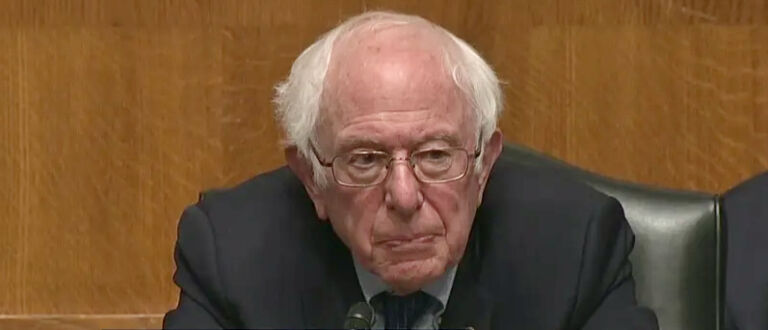James Capretta of the American Enterprise Institute writes about the 20-year history of an important health care innovation.
Twenty years on, HSAs are now frequently offered with employer-sponsored plans and have become an accepted feature of the overall health insurance landscape. However, despite high take-up and growing reserves, HSAs have yet to galvanize consumer pressure and force the suppliers of services to lower their prices. …
… HSA enrollees can use the funds to pay for qualified medical expenses for themselves, their spouses, and their dependents, including standard medical services and many over-the-counter medications, along with long-term care expenses. HSAs cannot be used to finance health insurance premiums in most cases, although retirees can use their balances to offset the costs of Medicare (but not Medigap) coverage.
Workers take their balances with them when they switch employers and insurance plans. Institutions managing individual retirement accounts (IRAs) are allowed to sponsor HSAs too, and the IRS can approve others upon request. …
… HSAs have lowered costs but not necessarily in ways that receive universal praise. Studies confirm that consumers with high deductibles, many of whom also have HSAs, are more cost sensitive than those with traditional insurance when deciding whether to seek out care. However, there is more limited evidence that HDHP enrollees price shop for their services. Moreover, some of the care they do not receive might improve their health status. …
… To make HSAs more attractive, new reforms should focus on making them more useful vehicles for paying expenses not insured by Medicare. In particular, many Americans remain uninsured for the high costs of long-term care. HSAs could partially fill the gap for some retirees by allowing them to shelter some of their assets from Medicaid if they first use a minimum amount from their HSA reserves before turning to public assistance. Workers would then have stronger incentives to build their HSA reserves while still employed.


